
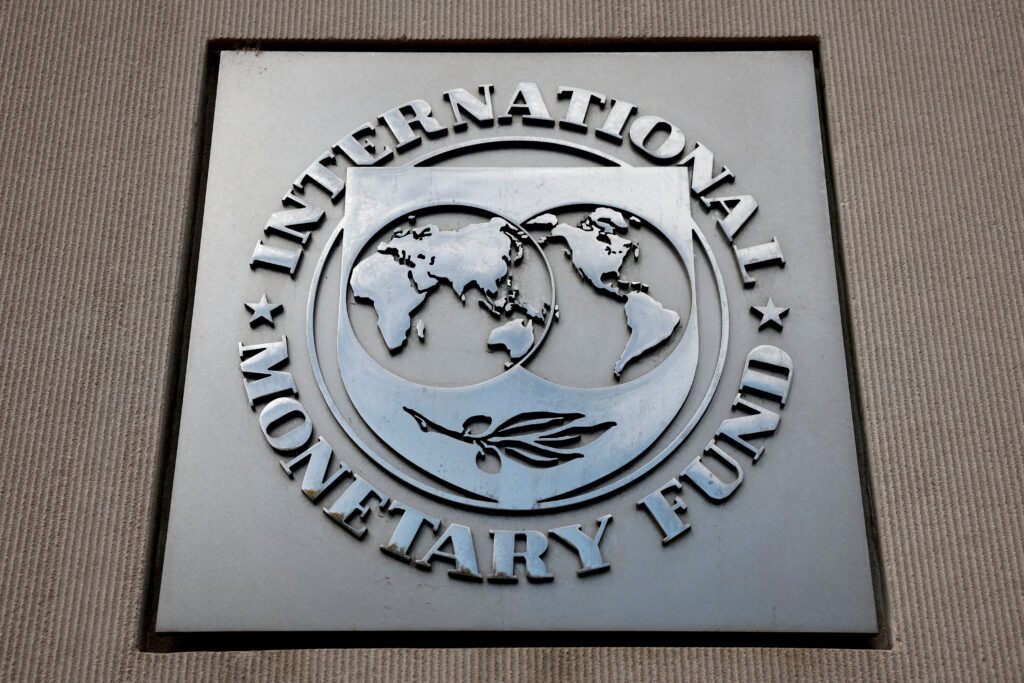
Durrant Pate/Contributor
All International Monetary Fund’s (IMF’s) quantitative performance criteria and indicative targets have been met by Barbados during its fifth and final reviews under the Extended Fund Facility (EFF) and the Resilience and Sustainability Facility (RSF) arrangements with the Washinton-based multinational lending agency.
Based on this, the Mia Mottley-led Caribbean state is now eligible for the immediate disbursement of US$19 million under the EFF arrangement and US$39 million under the RSF arrangement. This brings total disbursements by the IMF under the EFF arrangement to US$116 and about US$193 million under the RSF arrangement.
In the assessment completed last week, the IMF says, “implementation of the home-grown Barbados Economic Recovery and Transformation (BERT 2022) plan has remained strong and the broad objectives of the EFF and RSF arrangements have been achieved. Macroeconomic stability has been reinforced, and reforms have been implemented to boost fiscal sustainability, enhance growth, and build resilience.”
Economy continues to perform well
Barbados’ economy has continued to perform well, with the assessment confirming that “growth has been robust, inflation has moderated, the fiscal and external positions have improved, and the public debt-to-GDP ratio has continued to decline. The outlook is stable but subject to downside risks, given heightened global uncertainty and vulnerabilities to external shocks and natural disasters.”
Growth in 2024 has been estimated at 4 per cent, driven by tourism, construction, and business services, while inflation moderated to an average of 1.4 per cent, due to easing global commodity prices and prices of domestic goods and services. The external position strengthened further, with the current account deficit narrowing to 4.5 per cent of GDP, supported by tourism receipts, declining import prices, and one-off current transfers.
Gross international reserves reached US$1.6 billion at the end of 2024, equivalent to over seven months of imports, providing continued strong support to the exchange rate peg. The near-term outlook is said to be stable, with growth expected to reach 2.7 per cent in 2025, supported by the construction of tourism-related projects and government investment.
Inflation is expected to pick up in 2025, due to the rising cost of non-fuel imports and some domestic agricultural products.
Public debt being cut considerably
Public debt has fallen below 105 per cent of GDP, with the Bajan government remaining committed to bringing it down to 60 per cent of GDP by FY2035/36. Barbados met the EFF structural benchmarks for the review, including completing the assessment of human resource needs at the Barbados Customs and Excise Department, preparing a public-private partnership (PPP) framework, and developing a daily liquidity forecasting framework.
According to the IMF, “both reform measures for the RSF fifth review were also implemented. Key elements to strengthen the integration of climate concerns into public financial management have been completed, including the development of project appraisal guidelines, the deepening of fiscal risk analysis, and the preparation of the PPP framework. The Central Bank of Barbados has also included physical climate risk analysis in its bank stress testing.”
IMF Managing Director and Acting Chair Bo Li notes that the completion of this fifth and final review marks the successful conclusion of the fund arrangements with the Bajan government, but sees certain downside risks.
“While the outlook is stable, risks remain tilted to the downside, given the highly uncertain external economic environment and Barbados’ vulnerability to shocks and natural disasters. The authorities remain strongly committed to ensuring macroeconomic stability and implementing structural reforms to boost potential growth and build resilience,“ Li commented.

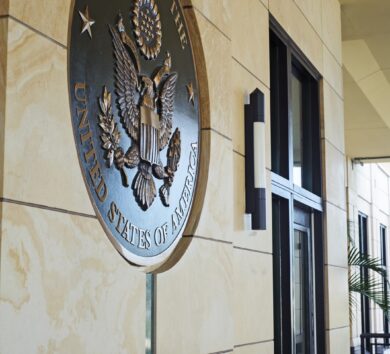

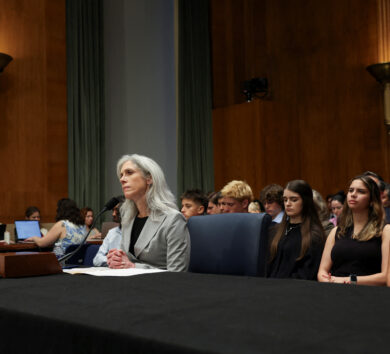
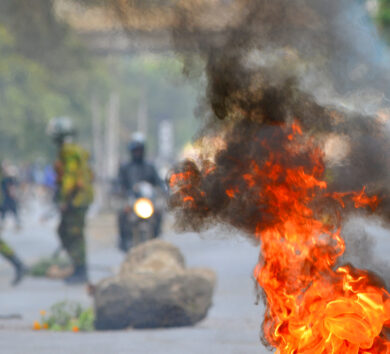

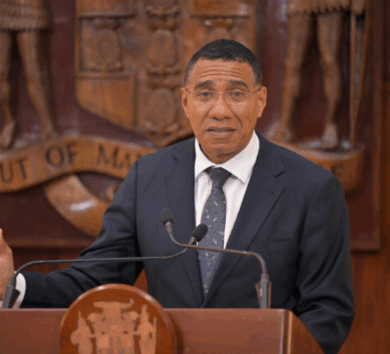
Comments